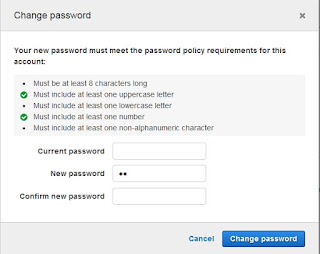select ends with killed in mysql
I ran a query in mysql and it hangs for a while and then I get killed as a response. mysql> select * from usagehistory; Killed SHELL:~$ SHELL:~$ date Thu Mar 14 06:26:17 UTC 2019 SHELL:~$ Reason The mysql process/client itself runs out of memory and is terminated by the OS. I do not have a good view of the implementation, but it appears that mysql is trying something like pulling the whole table into memory to do the select *. You can use the --quick mysql option to not buffer the results in memory. I also found out that the data in table is around 2 GB and Memory in my jump-box is around 1 GB. Two more proofs that I see in my jump box (where mysql is run) system is: 1. I see OOM messages in syslog. root@ip-XXX-XXX-XXX-XXX:~# grep mysql /var/log/syslog | less Mar 14 06:25:40 ip-XXX-XXX-XXX-XXX kernel: [529731.301028] mysql invoked oom-killer: gfp_mask=0x24201ca, order=0, oom_score_adj=0 Mar 14 06:25:40 ip-XXX-XXX-XXX-XXX kernel: [529731.301032] mysql cpuset=/ mems

